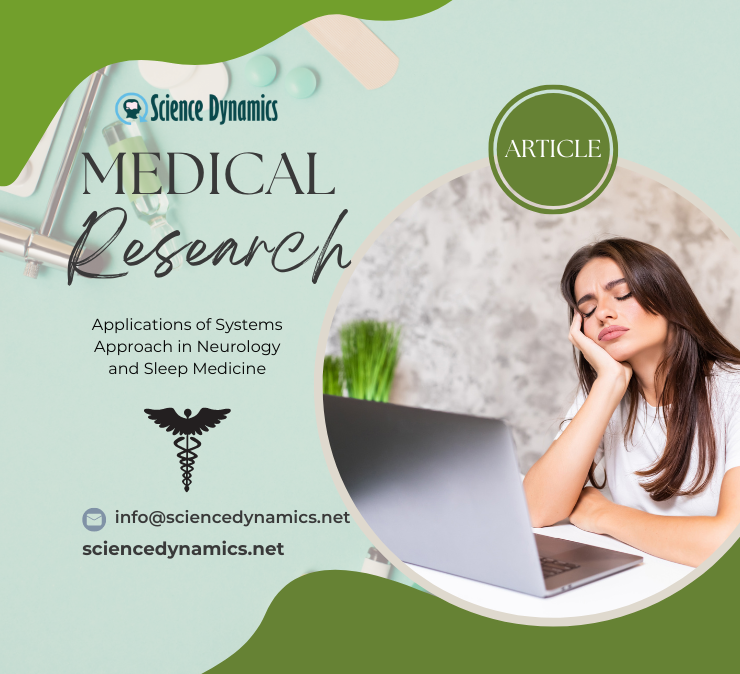


Idiopathic hypersomnia: a homogeneous or heterogeneous disease?
Introduction
Idiopathic hypersomnia (IH) is a rare orphan disease characterized by excessive daytime sleepiness, frequently accompanied by prolonged nocturnal sleep and difficulties awakening, termed sleep inertia or sleep drunkenness. Severe sleepiness usually causes a greater handicap than manifestations of narcolepsy.
Methods
Forty-three IH patients (17 male, mean age 42.8 ± SD 12.2 years, range 20–67), diagnosed in the past 20 years according to ICSD-2 or ICSD-3 criteria were invited for clinical examination to evaluate the course, manifestations and severity of the disease, as well as clinical comorbidities. The patients completed a set of questionnaires scoring sleepiness, sleep inertia, fatigue, depression, anxiety, circadian preference, and quality of life.
Results
IH patients were divided according to the duration of nocturnal sleep at the time of their diagnosis into two cohorts: (1) with normal sleep duration (n = 25, 58.1%) and (2) with long sleep duration (n = 18, 41.9%). The mean duration of ad libitum sleep per 22 h in the second cohort was 732.0 ± 115.4 min (range 603–1100), and women markedly prevailed (n = 14, 77.8%). Age at disease onset was younger in the group with long sleep duration (21.2 ± 11.4 years versus 28.1 ± 13.6 years, p = 0.028), their MSLT latency was longer (7.2 ± 3.7 min versus 5.1 ± 1.7 min, p = 0.005), a history of sleep inertia prevailed (p = 0.005), and daily naps were mostly non-refreshing (p = 0.014). Additionally, questionnaires in the group with long sleep duration showed more severe sleep inertia (p = 0.007), fatigue (p = 0.004), and a tendency towards evening chronotype (p = 0.001).
Conclusions
IH patients with long sleep duration differ clinically as well as by objective measures at the time of diagnosis and in long-term follow up from IH patients without long 24-h sleep time. In our opinion they represent an independent clinical entity to be considered in the revised ICSD-3 criteria.
- Idiopathic Hypersomnia
- Objective measure distinctions
- ICDS-3 revision


